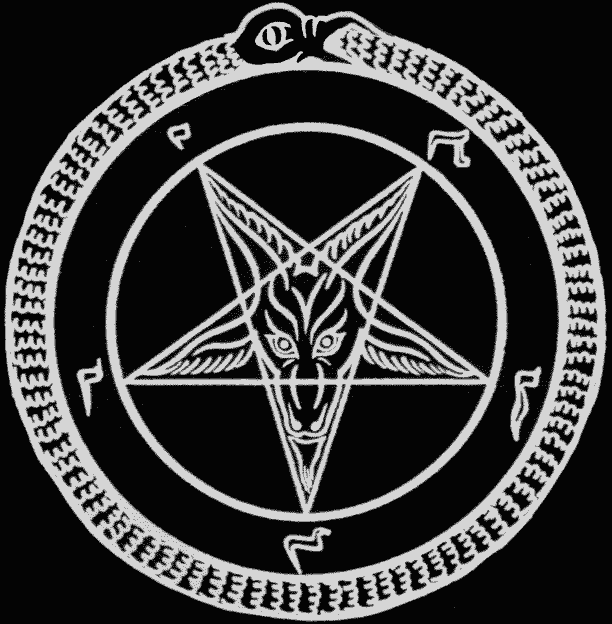Written by Jonathan Wojcik
DAY 18: ALAKAZAM!

One of the meanest psychic-types of the first generation, Alakazam and its evolutionary predecessors always had an interestingly unique aesthetic. Superficially, they appear to be fox-like or jackal-like anthropomorphic mammals, but bizarrely, they seem to be covered entirely in a rigid, jointed, arthropod-like exoskeleton. They're honestly like nothing I've ever seen before or since, one of those wonderful pokemon lines that really exemplifies how these things are monsters more than just very strange animals.
There's also the fact that Kadabra and Alakazam are constantly carrying spoons as psychic conduits, a reference to the famous "spoon-bending" psychic Uri Geller who rather infamously sued over the reference, feeling it was somehow "defamation" to be paid homage by one of the most beloved and successful franchises in the entire history of entertainment.
Uri Geller, however, may not be the only thing referenced by Alakazam...

Like fantasy gaming, fantasy literature, scientific literature, different music, the Smurfs, imagination and literally any good thing that makes anybody's childhood more fulfilling, Pokemon was once widely attacked by Western religious cultists for what they believed to be "occult teachings" or "satanic imagery." Pokemon, they reasoned, symbolized a lot of misleading, supernatural hocus-pocus that could brainwash children and potentially compromise the other misleading, supernatural hocus-pocus their parents intended them to be brainwashed with.

Many weak, xenophobic and hypocritical arguments were raised by these fringe kooks in a desperate attempt to turn America against the yellow menace, but at least one rather obscure complaint holds some water: it seems quite likely that Alakazam's head is supposed to be shaped like an inverted pentacle, seen here in the official symbol for the Church of Satan.
I probably don't need to tell anybody reading this that a secret, Satanic conspiracy to corrupt children is not the reason why Alakazam has a five-pointed head. As far as Japanese popular culture is concerned, Western religious symbolism, be it "holy" or "unholy" in its original context, is nothing but a bunch of charmingly weird, foreign mythology that can be freely applied wherever a children's cartoon character needs an injection of cool, exotic culture, in other words the same thing every single country does with every single other country's cultural symbols.
Alakazam is a telepathic bug-dog-man who manages to wield soup spoons in a menacing fashion and has Satanism for a head, all for no reason whatsoever other than the fact that it looks cool, and it does.

| 
| 
|
|
|
